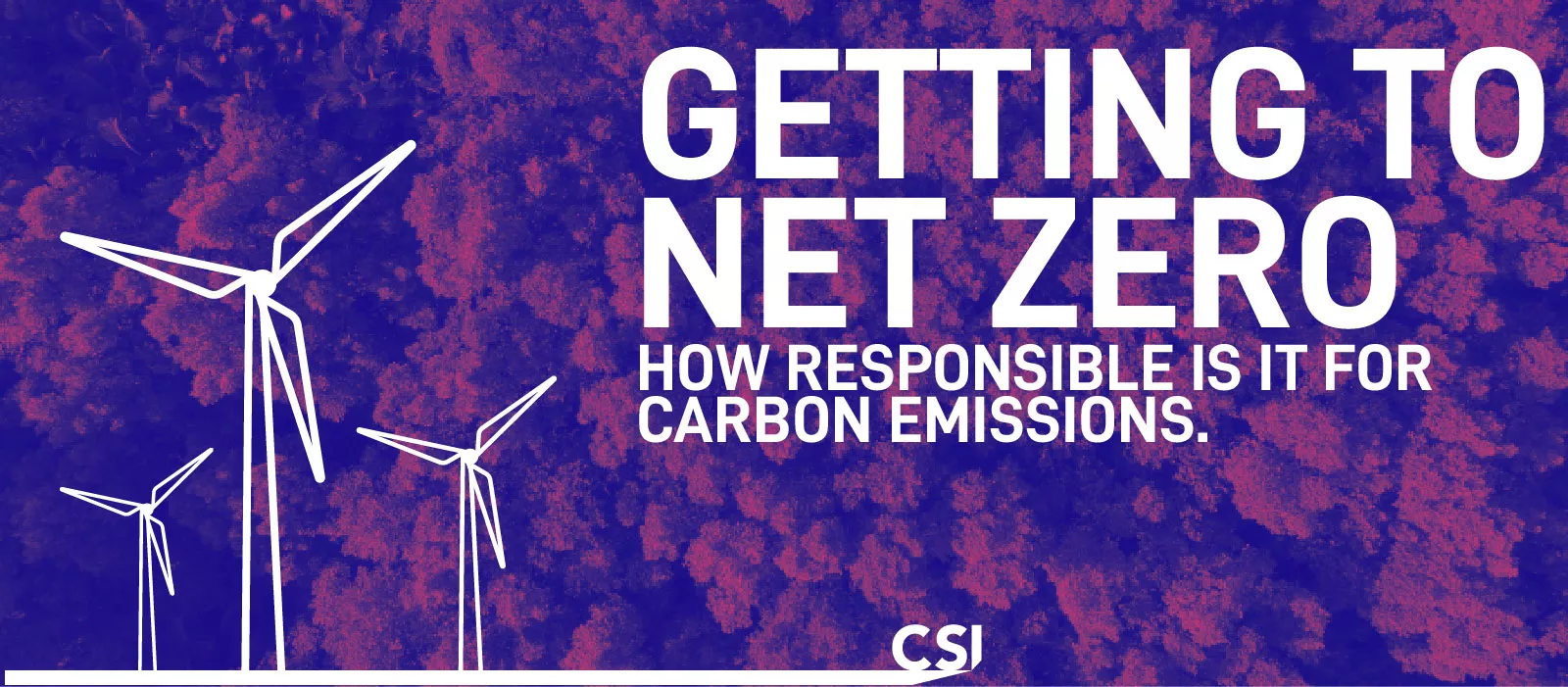Getting to Net Zero
Time to read: 10 mins
As the summer heats up, we cannot forget the climate emergency and pressure to reach Net Zero.
There is good news, things are happening. Investors and consumers are driving the demand for change and most organisations are keen to play their part, setting Net Zero targets and aligning with new environmental policies.
New and emerging environmental regulations will enshrine all this in law in the coming decade.
On the road to Net Zero, our experts measure the responsibilities of IT and carbon emissions. Read on to discover more ↓
Just how far is IT responsible for an organisation’s carbon emissions and can we make a difference?
Carbon-offsetting as a tactic, especially where companies indirectly manage their own emissions, is increasingly seen as unsustainable. Instead, the new goal of becoming carbon neutral is gaining momentum globally. The new best practice is to choose more energy efficient IT with features for energy-saving amongst other reductions, and to invest in green projects and renewables. This is beginning to drive strategy in corporate and financial institutions.
Is the cloud more sustainable?
Cloud computing poses an interesting question. Gartner’s 2023 CEO survey highlights the amount of power and water used for cooling and identifies cloud computing as an option to reduce emissions. But does moving workloads to the cloud really cut carbon or does it just shift the problem to another location?
This will depend on the set-up at the remote data centre and whether the service provider is using energy and resources more efficiently than the in-house data centre.
Modern colocation facilities and hyper-scalers use newer, more efficient hardware and use it more intensively so the emissions should be less. So, ESG is also a factor in an organisation’s choice of cloud services partner (CSP).
How new ESG rulings are changing IT decisions
The EU is leading change with its Net Zero policies, which goes beyond simply optimising for energy efficiency. But new compliance will require a more holistic approach that, as CSI has identified, will bring together capacity density, circularity and ESG reporting.
Just as with cyber security, compliance and risk, sustainability goals will drive day-to-day corporate decisions. For example, this will impact decisions regarding energy suppliers, the supply chain, and the disposal of equipment at the end of its life.
Upcoming climate-related directives will affect all businesses, and positive climate action will no longer be optional. Some of the changing regulation will even impact the emissions from IT operations, but they will also create additional work.
Organisations will need to be able to measure their carbon footprint to obtain data for the necessary reports. This is an entirely new area to consider: how to capture ESG data, the data architecture, and how to analyse it to support sustainability projects and provide the correct regulatory disclosures.
Circular thinking, meanwhile, means that organisations should plan to keep their hardware and devices in service through extended lifecycles and be sure to have meaningful waste management and recycling policies.
Who is responsible for ESG in your organisation?
Historically, ESG responsibilities might fall to IT Procurement alone, where other departments can be included in the sustainability conversation.
The largest organisations are, however, starting to hire sustainability leaders to engineer changes across their business. These individuals will be qualified in environmental science and data analysis and will shoulder responsibility for energy management, moving to renewables, measuring the organisation’s carbon footprint, ESG data architecture and analysis and regulatory or voluntary reporting. Other organisations, on the other hand, will allocate these new responsibilities to their existing teams.
Sustainability reporting and compliance demands echo the corporate requirements for security and risk, so for many organisations it is the CISO that is quietly shouldering the ESG remit. However, businesses are starting to realise that this must a shared responsibility across the wider business and that a dedicated sustainability role is fast becoming a necessity.
Storage teams can make changes, but at present they may not be aware of ESG initiatives. For example, they can revaluate efficiencies such as consolidation and use ESG initiatives to empower a step-change in the way they collect and report on data (… did you know data has a carbon footprint?).
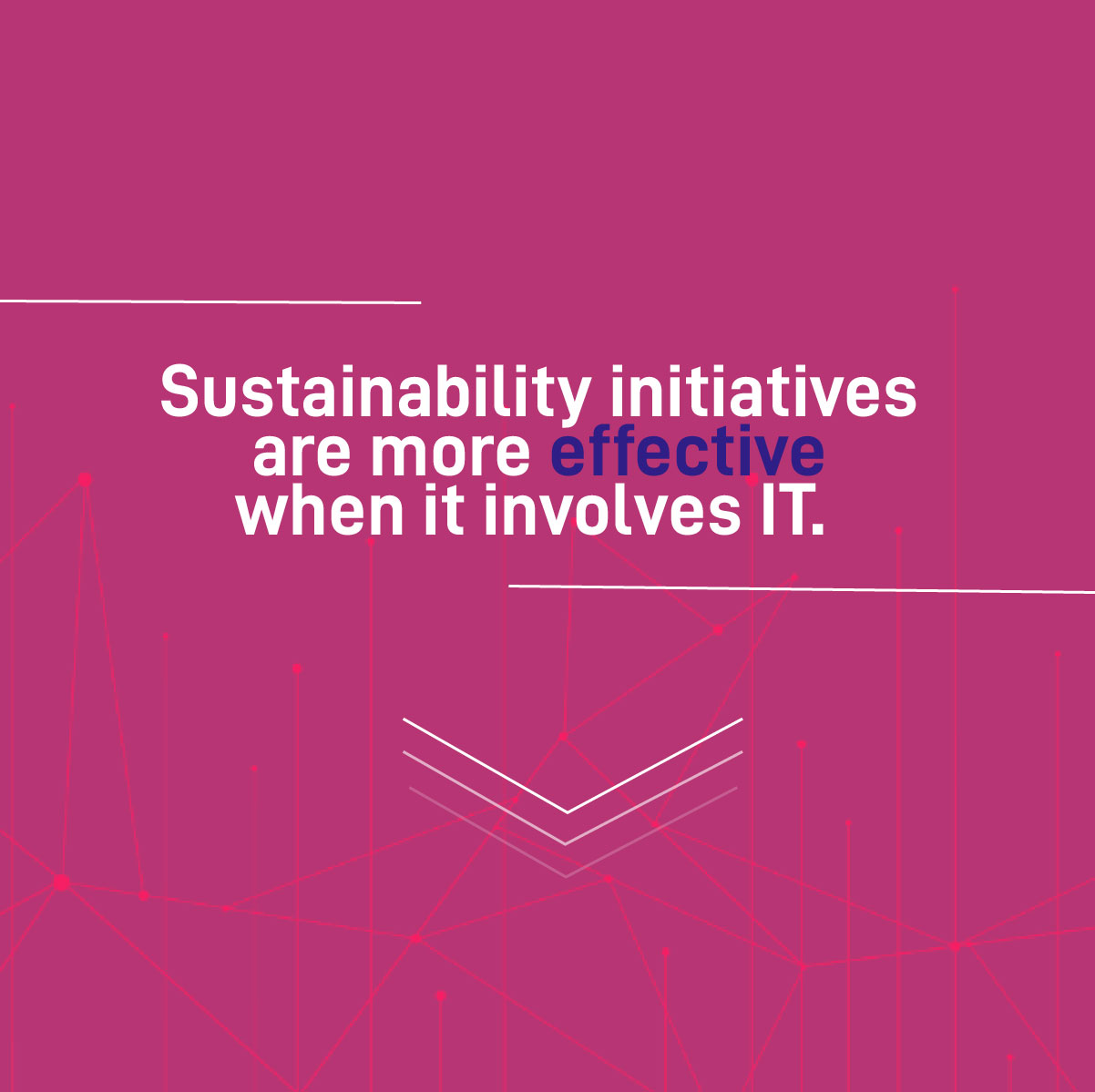
Despite the growing urgency around the climate and the awareness of the need to change, IT teams may feel uncertain about their role in addressing sustainability, especially when it’s high on the corporate agenda. However, sharing the sustainability remit, whether it’s set out in policy or not, is more effective when it involves IT departments.
The EU Directives you need to know
The EU’s Efficiency Directive demands energy performance reporting by 2024 and will target data centres, and new EU legislation will make servers and storage more environmentally friendly. A third key regulation, the EU’s Corporate Sustainability Reporting Directive (CSRD), pushes larger businesses to measure their Scope 1 and Scope 2 emissions and report on their progress towards carbon reduction.
These rulings will not affect everyone at once, but they will slowly progress to become the new benchmark. Sustainability policy is changing the way that businesses respond to the climate challenge and it looks likely that in future, the regulatory background will only reward those who take positive climate action.
Besides the penalties of non-compliance, companies that fall outside the regulations will lose favour with their customers and possible investors.
New and emerging standards: Jargon Buster
The majority of larger UK and EU businesses already report on energy use, but the many new and emerging ESG rules will require more reports and new standards. This means that reporting data will need to become more granular to meet the stricter standards needed for ESG data and its transparency.
Here’s a quick overview of some of the key directives, standards, and abbreviations:
-
- CSRD – the Corporate Sustainability Reporting Directive. From 5 January 2023, 50,000 large companies EU businesses must report social and environmental risks to their investors customers. This reporting can be digital.
- EED – the EU’s Energy Efficiency Directive
- ESRS – European Sustainability Reporting Standards, the new standards for CSRD reporting, in consultation phase.
- GHG – Greenhouse Gas
- GRI – the Global Reporting Initiative, a voluntary reporting framework
- ISSB – International Sustainability Standards Board, a new body creating legislation
- NFRD – the Non-Financial Reporting Directive Large, requires large organisations with more than 500 employees such as banks and insurance companies to report on environmental, social and employee matters, human rights, anti-corruption and bribery.
- Scope 1 Emissions – direct carbon emissions from owned or controlled sources
- Scope 2 Emissions – indirect emissions from purchased electricity, steam, heating and cooling
- Scope 3 Emissions – indirect emissions that occur in the supply chain
- SFDR – Sustainability-related disclosure for the Financial Services Sector
- SASB – The World Economic Forum’s Sustainability Accounting Standards Board, helps 77 different industry sectors to disclose sustainability data to their investors
- TCFD – Taskforce on Climate-related Financial Disclosures, to improve and increase the reporting of climate-related financial information, e.g. for insurance companies to disclose their climate risks, since November 2022
- UNPRI – A UN group to promote environmentally responsible investment
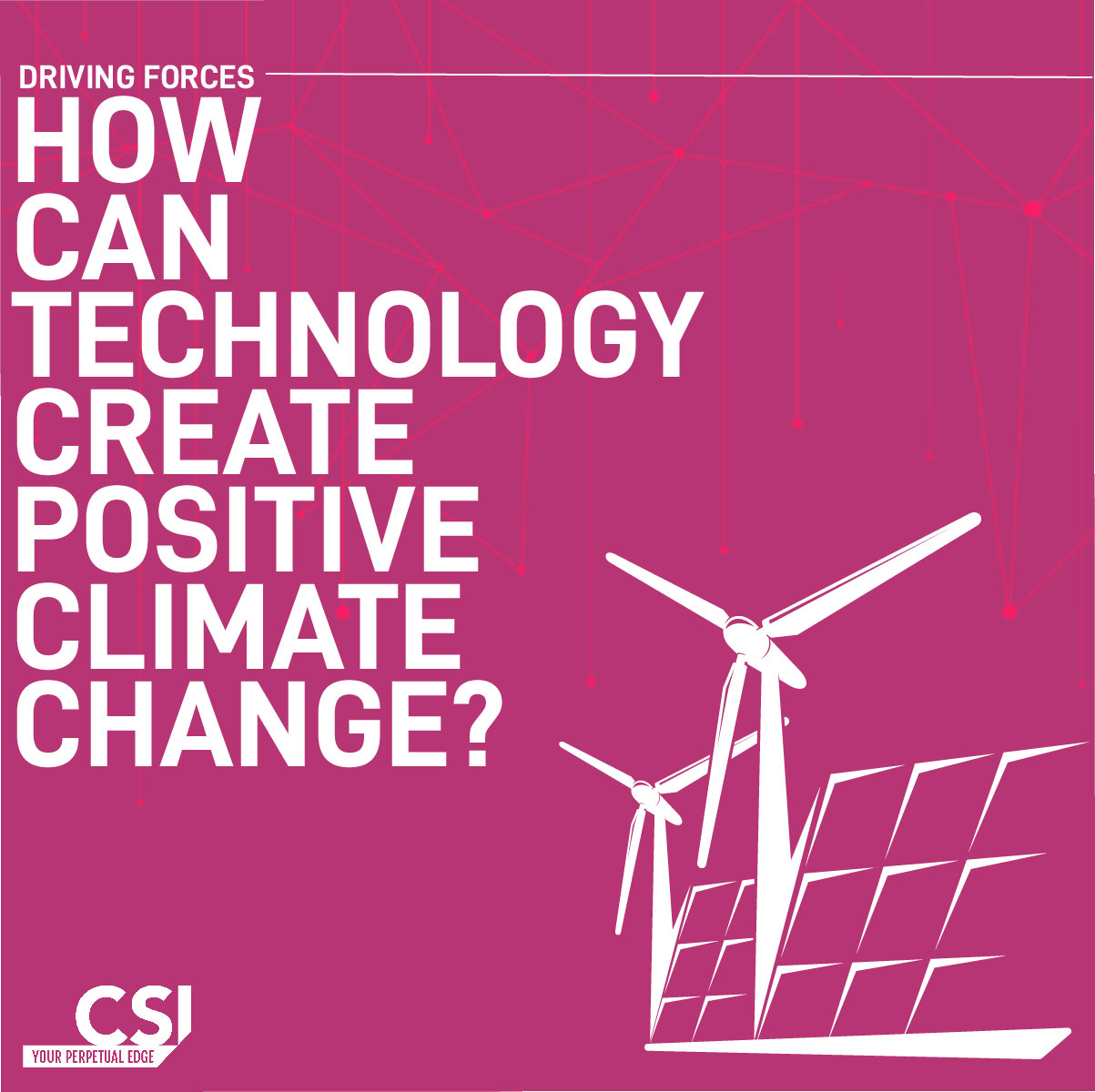
Creating positive climate action from the inside out
New technologies are arriving on the market to support ESG initiatives. CSI’s partners like IBM are shaping up leadership in sustainability – not only are existing storage products, like FlashSystems, guaranteeing efficiency, but a new software suite called Envizi creates greater data clarity. Addressing sustainability goals, CSI’s IBM Power 10 managed services offer three-times the performance with only a third of the energy consumption.
Many regulations: one platform, one portal
With so much regulatory change, the landscape can appear confusing, however IBM has introduced a solution to quantify emissions and bring clarity to ESG reporting.
IBM has created Envizi, a platform to help enterprises meet their new ESG reporting obligations. Envizi automates the collection of data from many sources, streamlines the reporting and reveals where there are opportunities for energy and emissions savings.
Envizi will produce the necessary reports for GRI, SASB, and TCFD and other important EU and global standards.
Get in touch to arrange a free 14-day free trial of IBM’s Envizi ESG Suite, which allows you to access the platform to navigate and pull reports based on preconfigured data.
About the author
Read More Articles
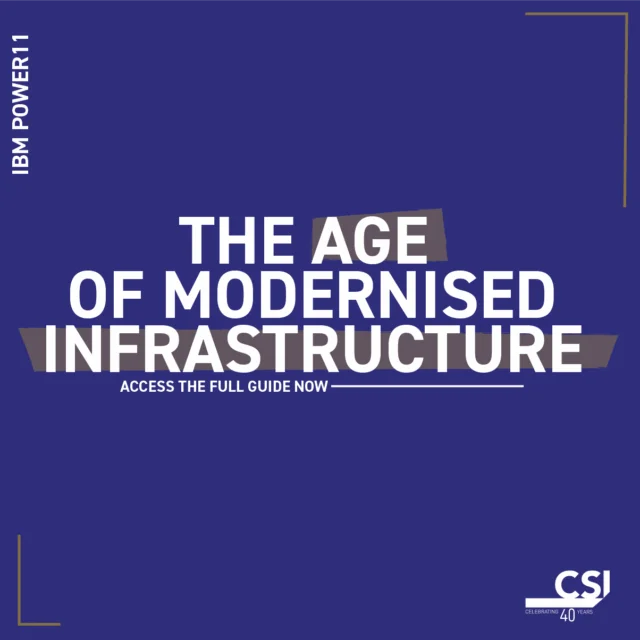
IBM Power
What the Next Decade of Infrastructure Looks Like
EXCLUSIVE LOOK The 2025 Infrastructure Reality Check The infrastructure heroes of the past decade earned their stripes on three fundamental…
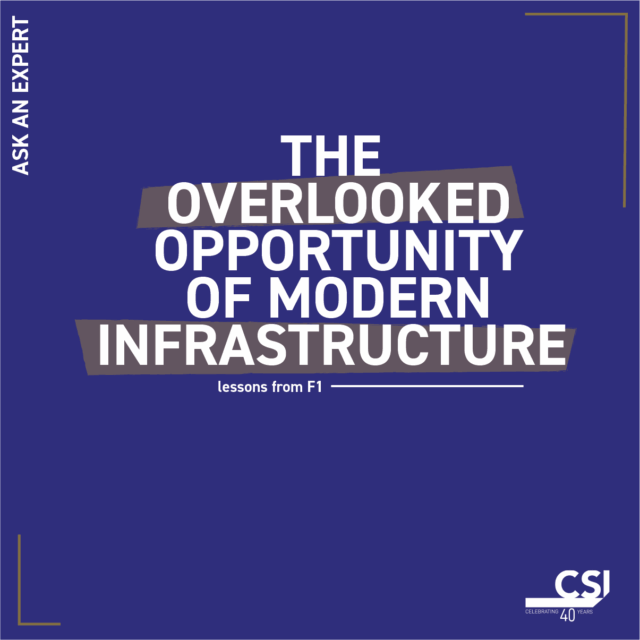
Storage
The Overlooked Opportunity of Modern Infrastructure
Hybrid Cloud in the Fast Lane If the allure of motorsport wasn’t in its franchises, or thrilling speeds alone, there’s…

Storage
What Happens When Life Sciences (Finally) Overcomes its Big Data Problem
Turn Data Deluge into Discovery The global healthcare and life sciences industry is on the front line of some of…
Ready to talk?
Get in touch today to discuss your IT challenges and goals. No matter what’s happening in your IT environment right now, discover how our experts can help your business discover its competitive edge.
